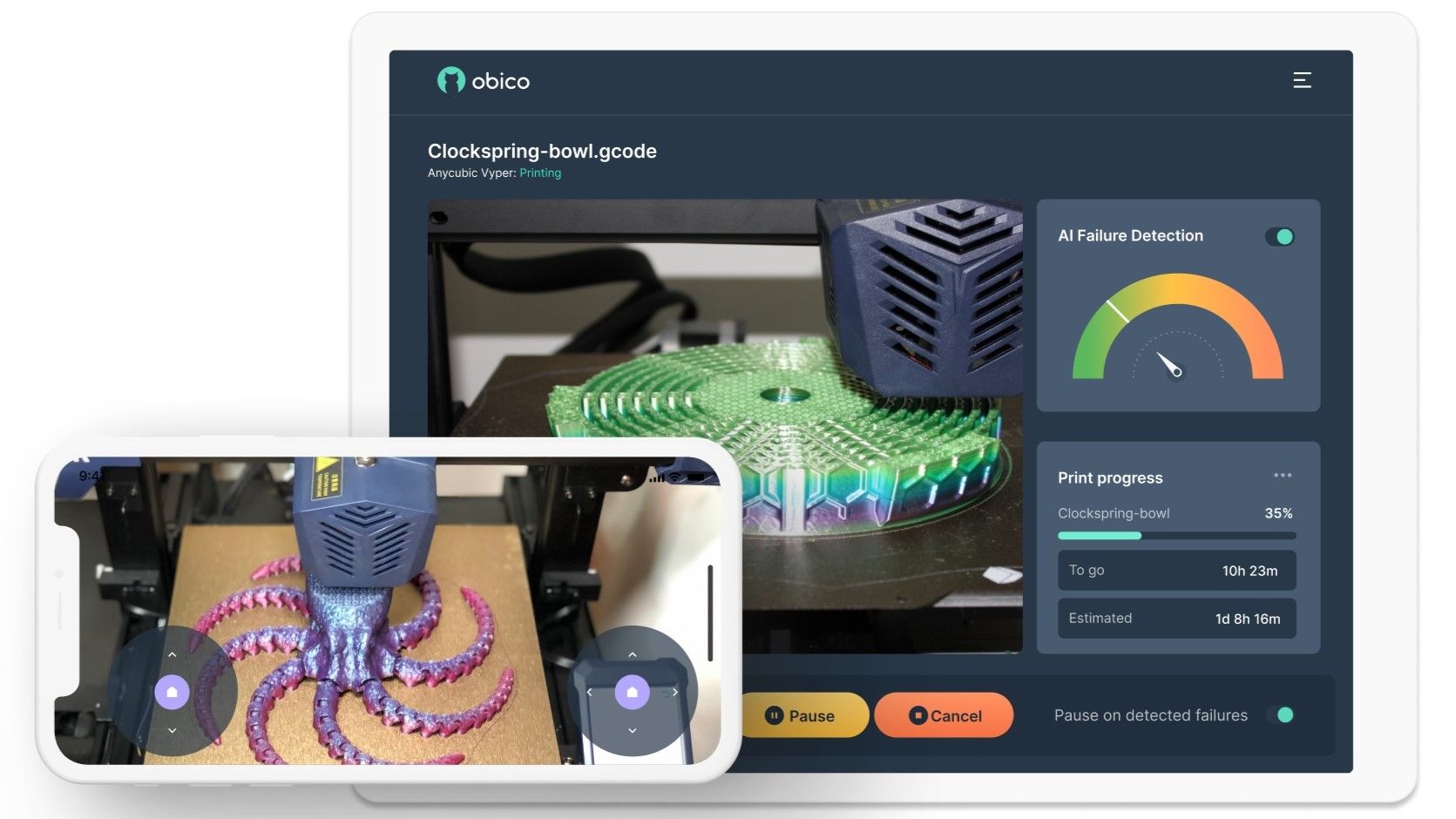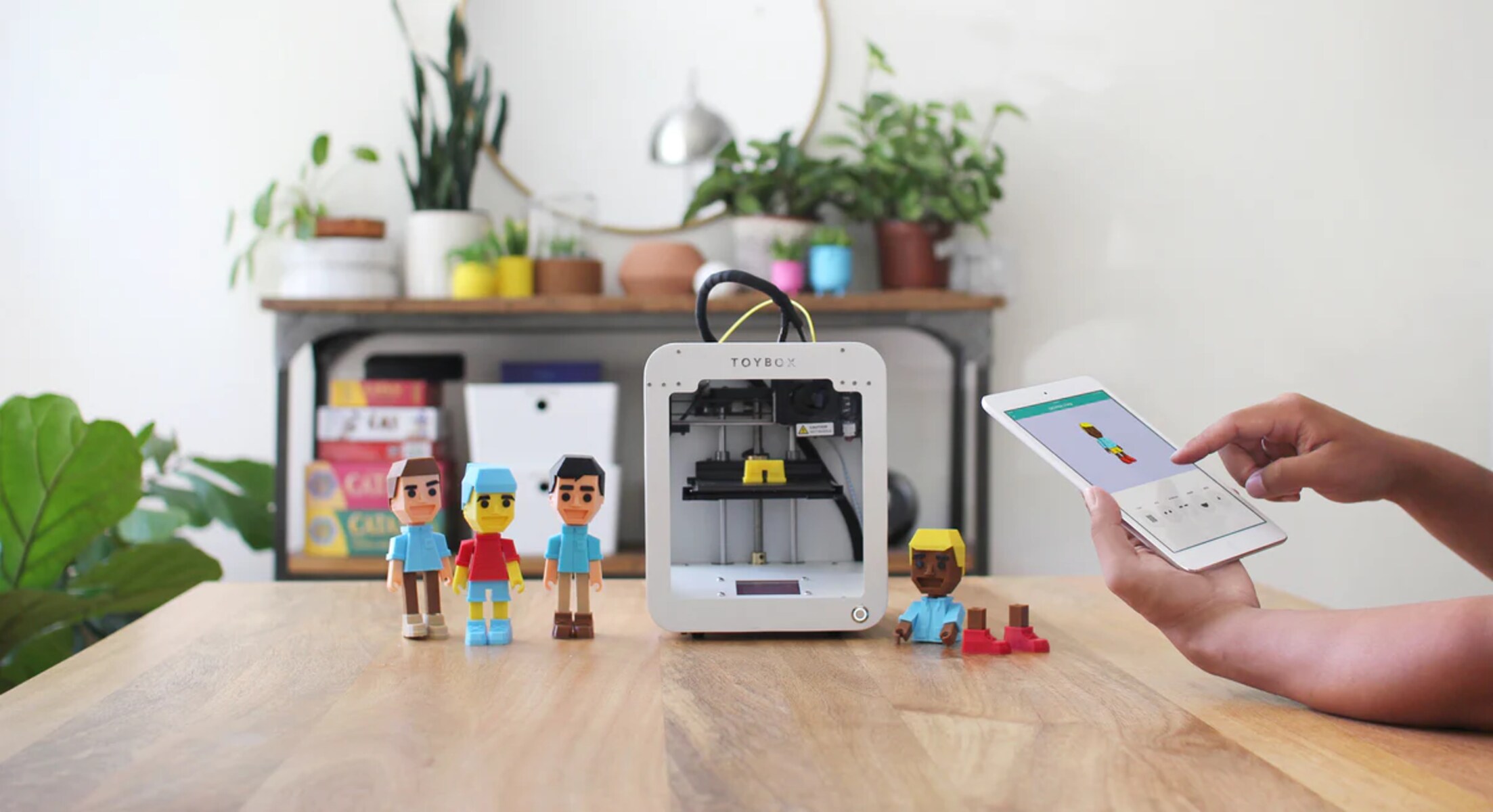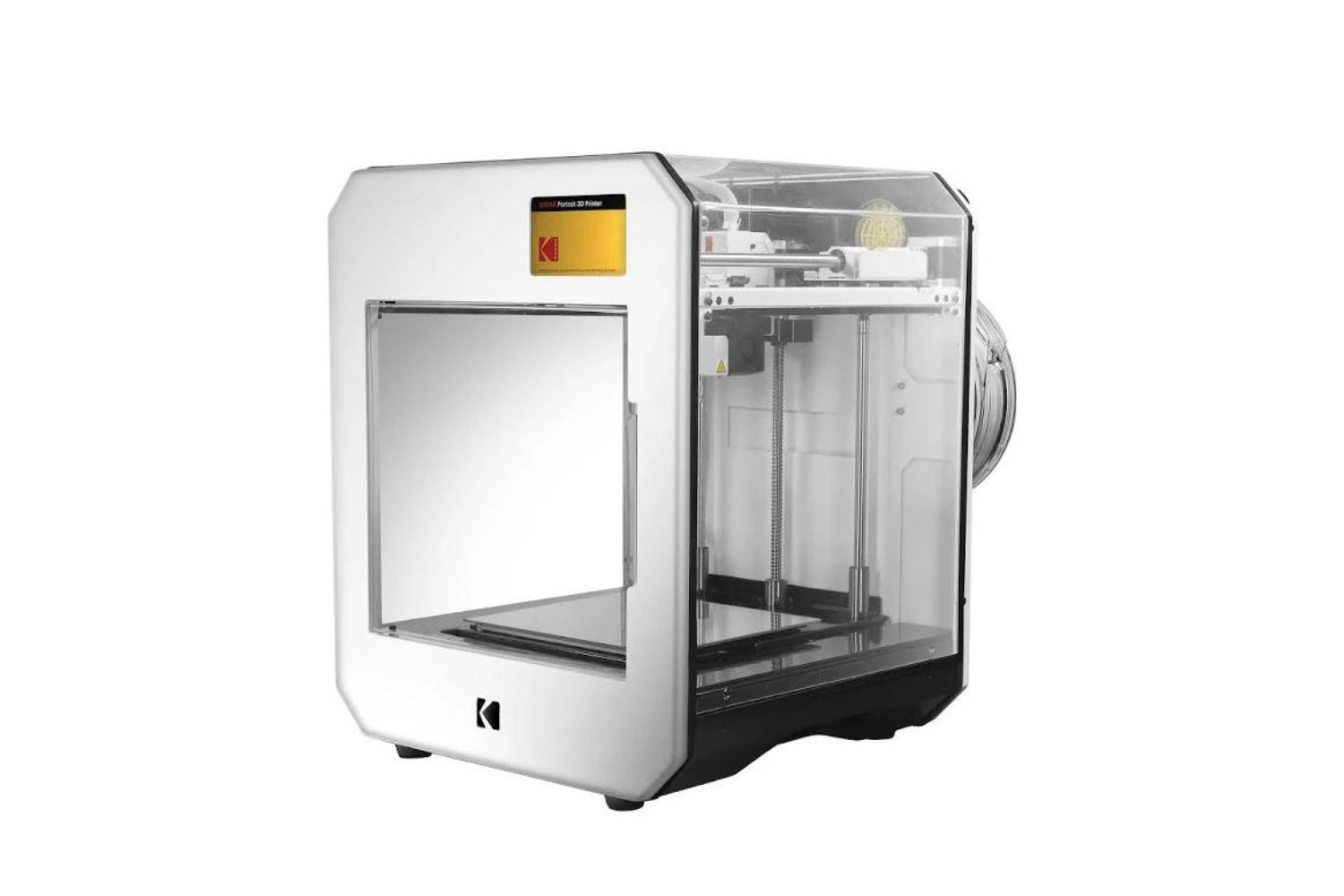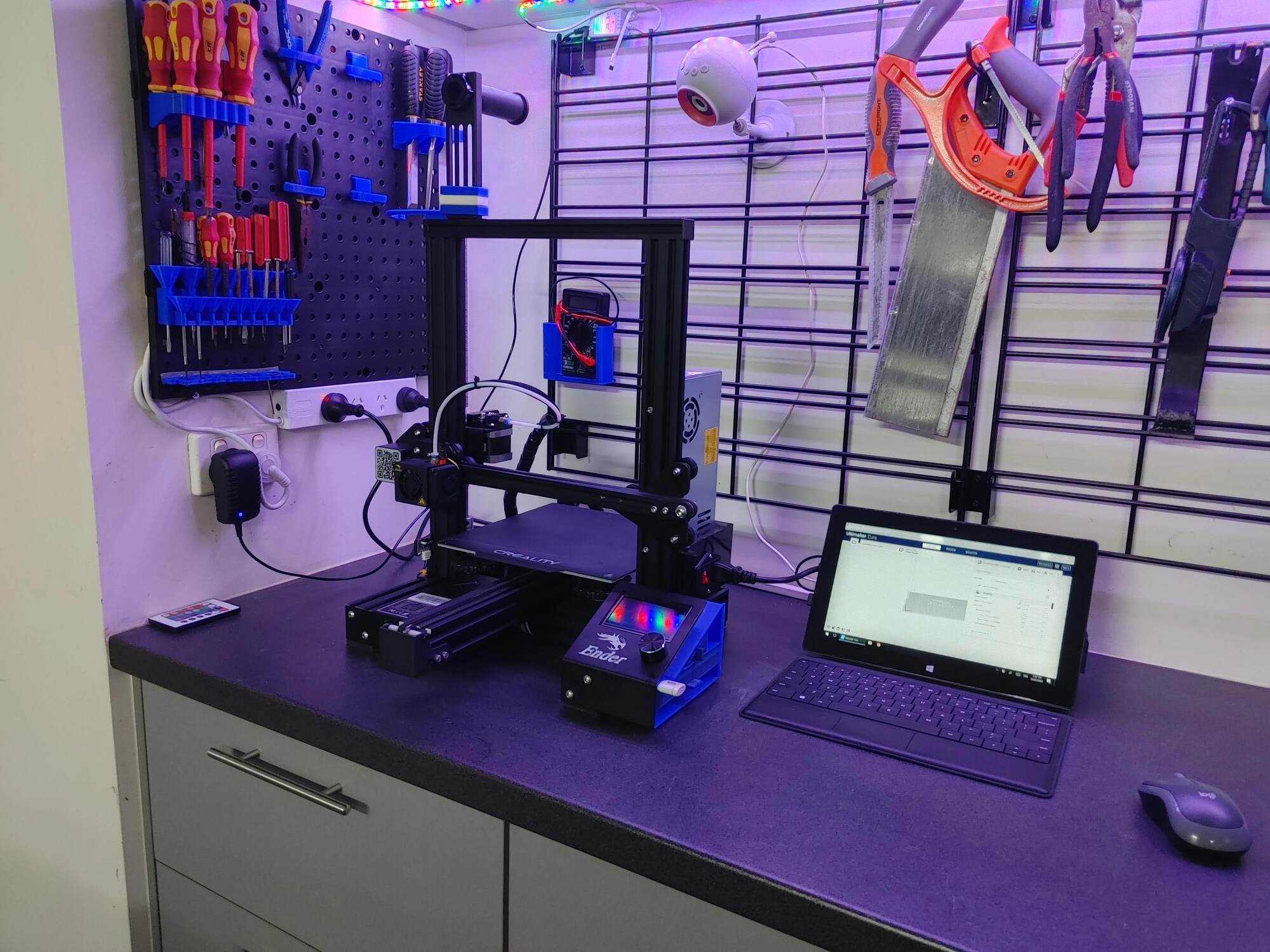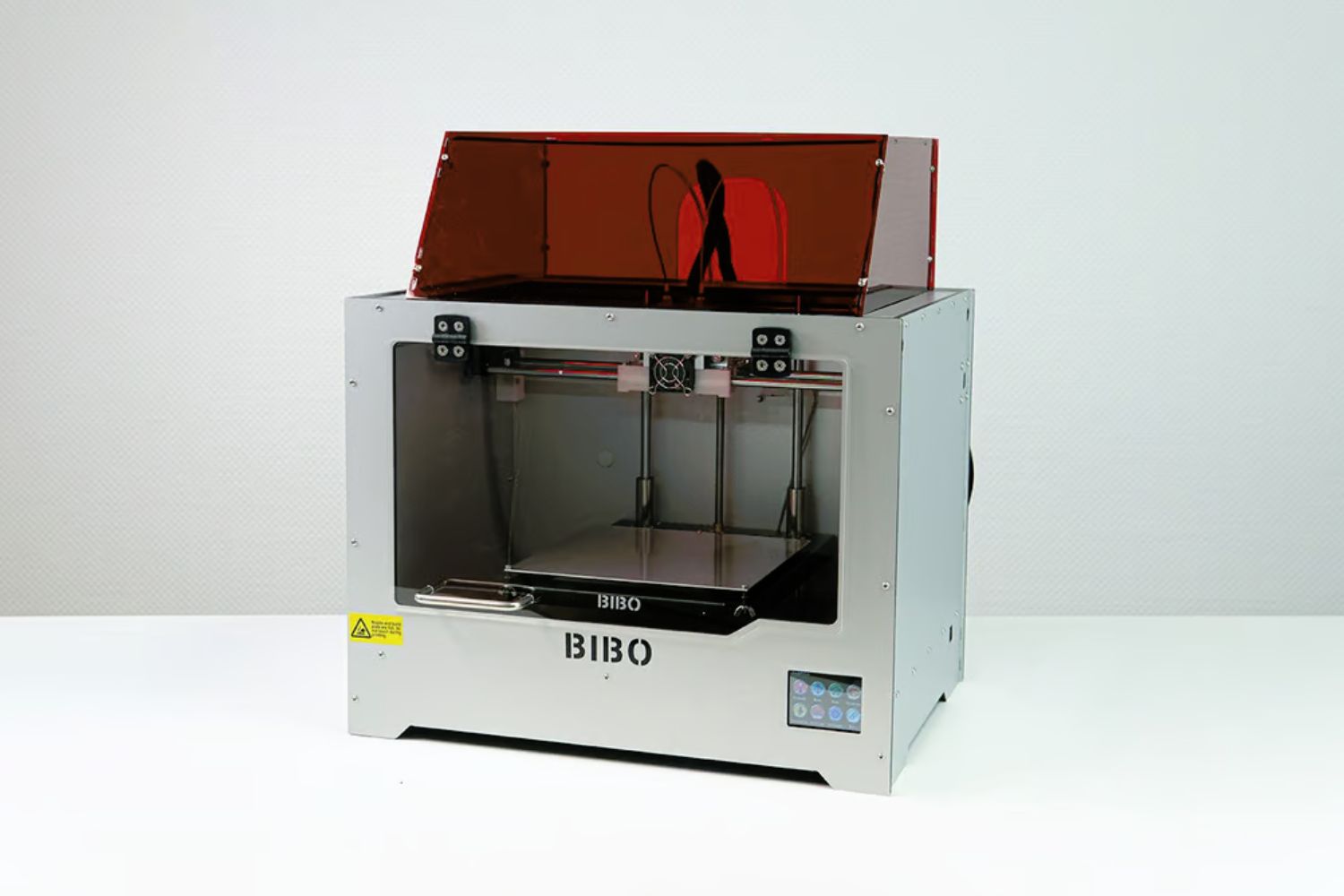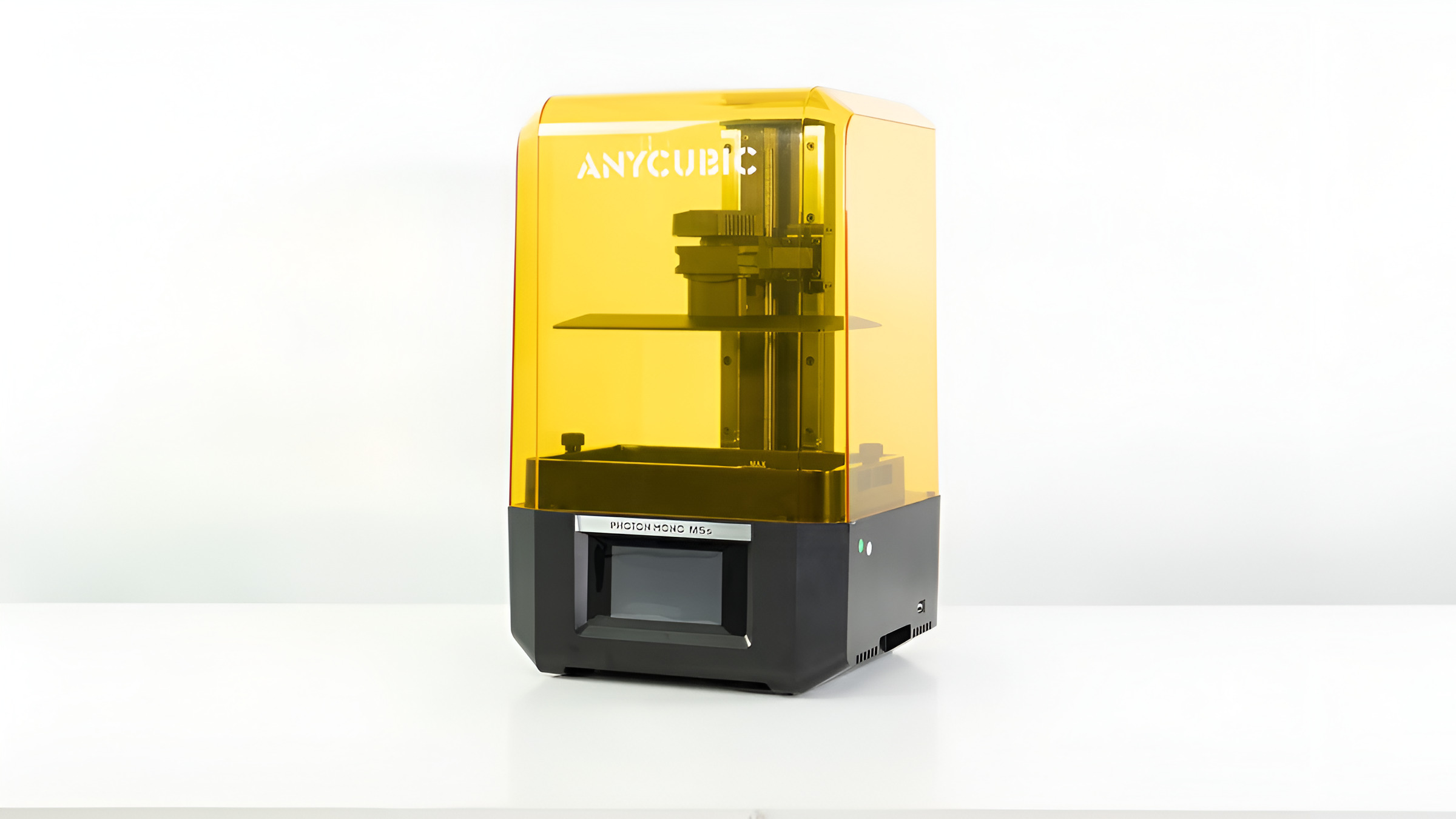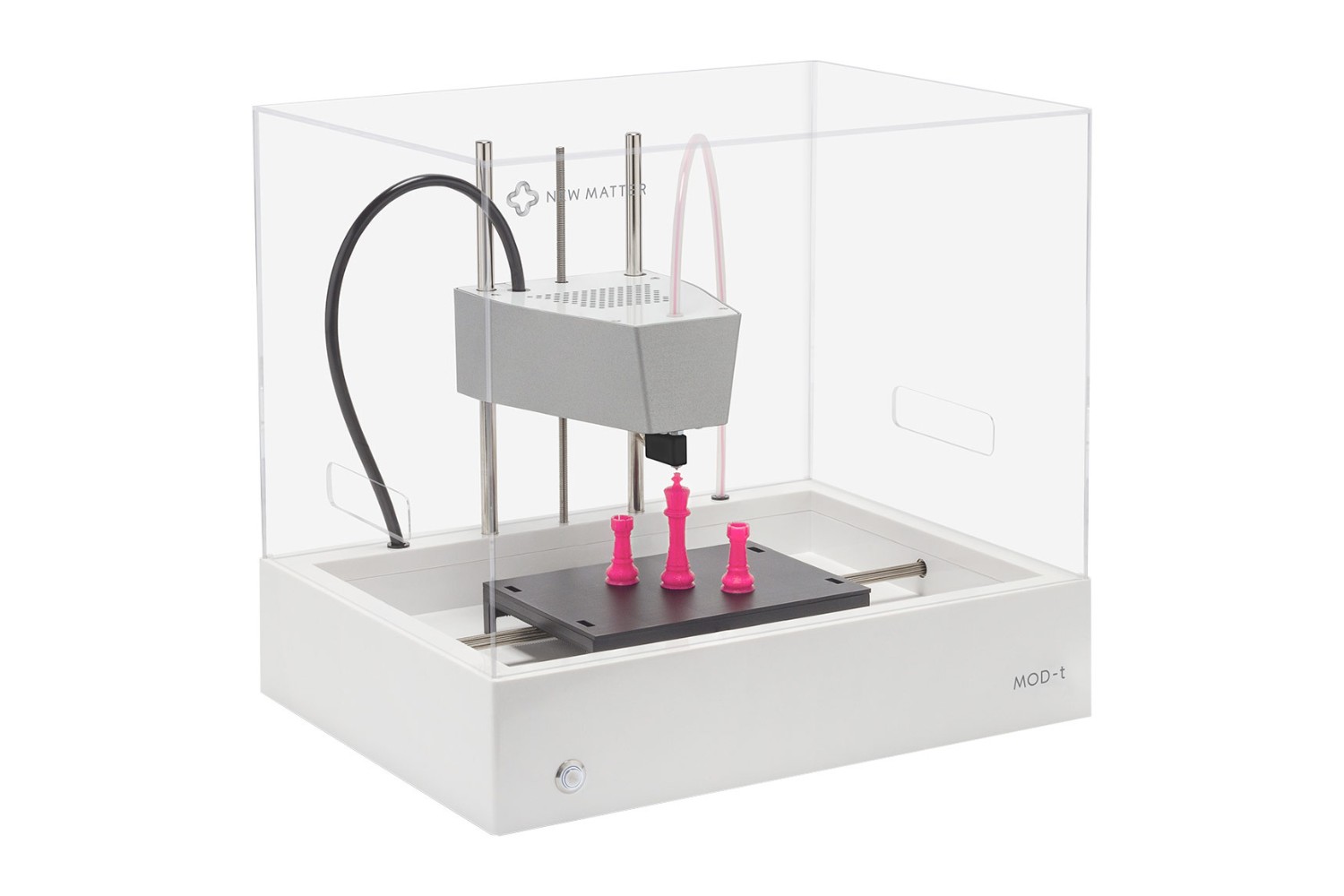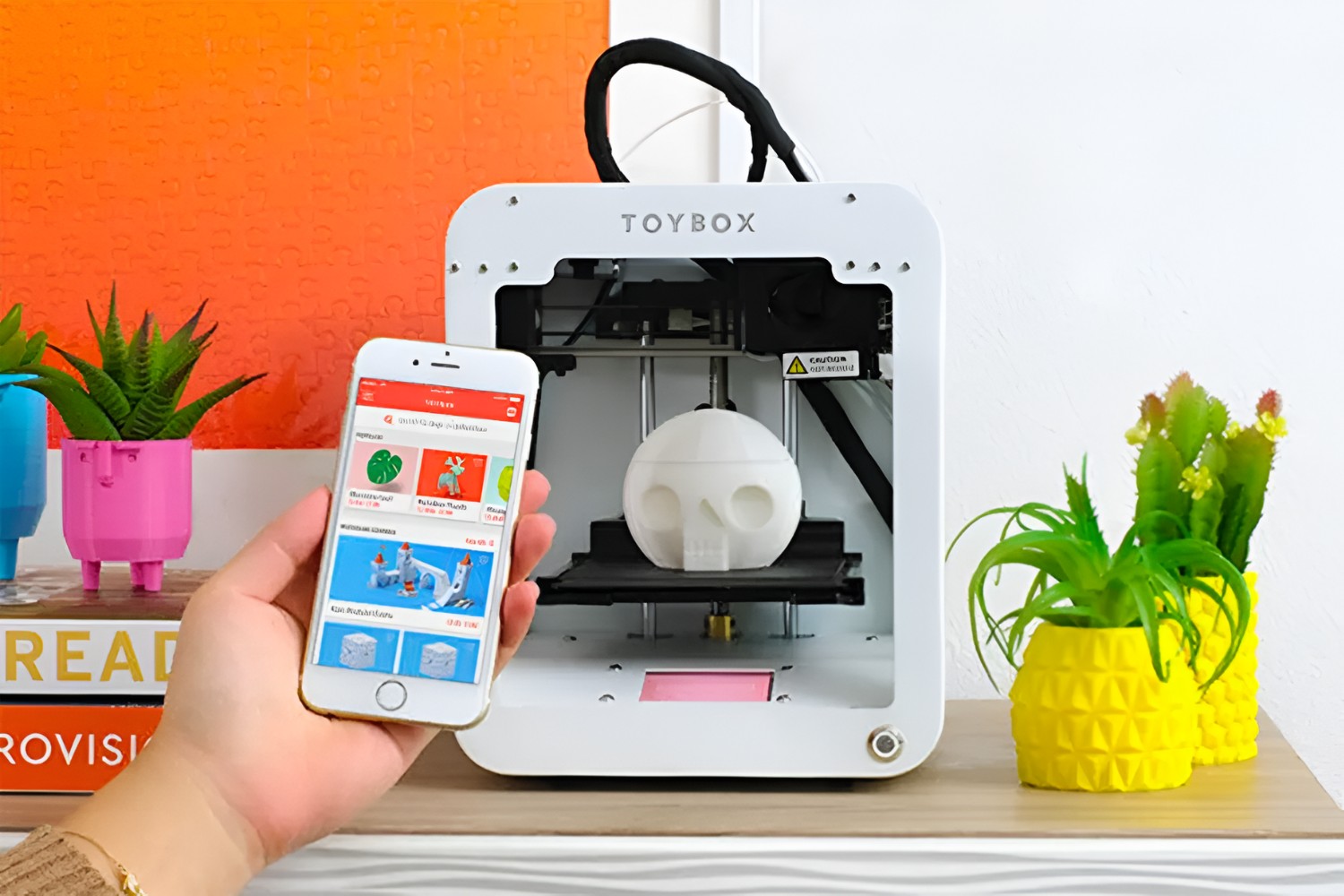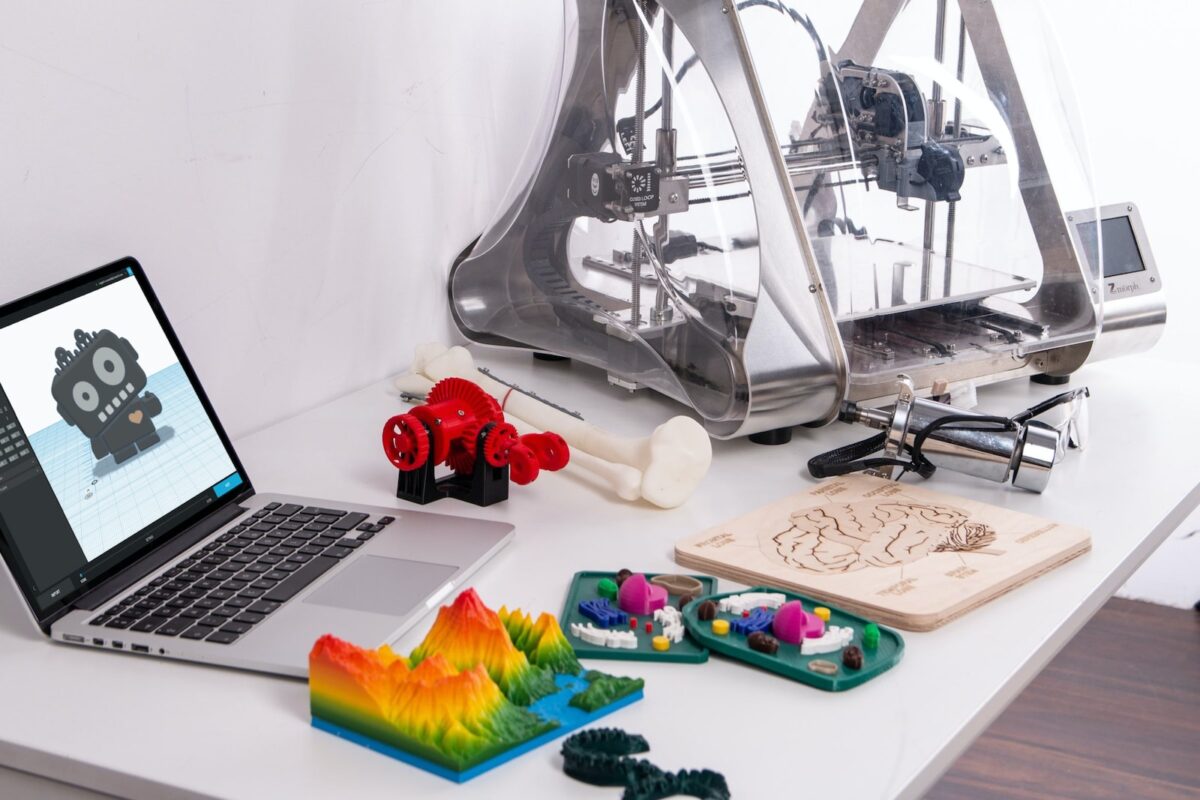Introduction
When you own a 3D printer, there’s a world of possibilities at your fingertips. However, having the right apps is essential to fully unlock the potential of your device. Whether you’re a beginner or an experienced user, the right software can make a significant difference in your 3D printing experience. From slicers to design tools, file management to remote control, and troubleshooting to productivity apps – there’s an app for every aspect of your 3D printing journey. In this article, we will explore some of the essential apps that you need for your 3D printer.
One of the first categories of apps that you need is slicing software. This software takes your 3D model and creates a set of instructions, known as G-code, that tells the printer how to print the model layer by layer. Slicing software allows you to adjust settings like layer height, print quality, and supports to ensure optimal printing results. With various slicing software choices available, each with its own unique features, it’s crucial to find one that suits your needs and preferences.
Another crucial category is design software, which enables you to create or modify 3D models. Whether you’re designing from scratch or tweaking existing designs, these tools allow you to bring your imagination to life. They offer features like 3D modeling, sculpting, texturing, and more. Depending on your skill level and specific requirements, you can choose from beginner-friendly software like TinkerCAD or more advanced options such as Fusion 360 or Blender.
Managing your 3D printing files is also essential, and file management apps come to the rescue. These apps help you organize, store, and easily access your 3D models, G-code files, and other necessary documents. They often come with features like cloud storage integration, version control, file sharing, and collaboration options, making it convenient for both personal and professional use.
Have you ever wished you could control your 3D printer remotely? Remote control apps allow you to do just that. Whether you’re at home or on the go, you can monitor your print progress, adjust settings, and even start or stop prints remotely. These apps provide convenience and flexibility, especially when long print jobs or unexpected issues require your attention.
Slicing Software
Slicing software plays a crucial role in the 3D printing workflow. It takes your 3D model and converts it into a series of instructions that the printer can understand – known as G-code. This code controls everything from the printer’s movements to the extrusion of filament, resulting in the creation of your physical object.
One popular slicing software is Ultimaker Cura. It’s an open-source software that offers a user-friendly interface and a wide range of customizable settings. With Cura, you can adjust parameters such as layer height, print speed, infill density, and support structures. It also has features like model scaling, rotation, and print previews, allowing you to visualize the final result before printing.
If you’re looking for advanced features and extensive fine-tuning options, Simplify3D might be the right choice for you. This commercial software is known for its ability to optimize prints for complex geometries, multiple extruders, and different materials. Simplify3D provides detailed control over settings like retraction, coasting, and bridging, enabling you to achieve high-quality prints with precision.
For beginners or those who prefer a simplified interface, PrusaSlicer is a great option. Developed by Josef Prusa, the founder of Prusa Research, it’s designed specifically for use with Prusa printers but can be used with other printers as well. PrusaSlicer offers intuitive features like automatic bed leveling, support generation, and print time estimation. It’s a reliable choice for users seeking a straightforward approach to slicing.
Another noteworthy slicing software is Slic3r, which focuses on providing a powerful yet accessible platform. It offers advanced features like multiple extruders, variable layer heights, and adaptive layer cooling. Slic3r also supports various filament materials and allows users to create custom profiles for different printers and materials. With its open-source nature, Slic3r has a vibrant community that continuously contributes to its development and improvement.
These are just a few examples of the many slicing software options available. Each software offers a unique set of features and capabilities, so it’s important to explore and experiment to find the one that best suits your needs and preferences. With the right slicing software, you can optimize print quality, save time and material, and bring your 3D printing projects to life with ease.
Design Software
Design software is a crucial component of the 3D printing process, allowing users to create, modify, and prepare 3D models for printing. Whether you’re a beginner or an experienced designer, having the right tools can greatly enhance your creativity and productivity. Here are some popular design software options that can help you bring your imagination to life.
One of the most widely used design software is TinkerCAD. It’s a free, web-based program that offers a simple and intuitive interface, making it ideal for beginners. TinkerCAD allows users to create 3D models using basic geometric shapes and manipulate them using various tools. It also provides easy-to-understand tutorials and a vast community of users to support and inspire your creativity.
If you’re looking for more advanced design capabilities, Fusion 360 is a powerful option. Developed by Autodesk, Fusion 360 enables users to create complex 3D models using parametric and direct modeling techniques. It offers features like sketching, solid modeling, assembly design, and simulation. Fusion 360 also provides collaboration tools, cloud storage, and a vast library of components, making it suitable for professional use.
Blender is another popular design software that goes beyond just 3D modeling. Primarily known for its capabilities in 3D animation and visual effects, Blender also offers powerful 3D modeling tools. With Blender, users can create intricate and organic shapes, sculpt digital clay, and apply textures and materials to their models. Its comprehensive feature set and open-source nature have made it a favorite among 3D artists and designers.
For those interested in sculpting digital models, ZBrush is a leading choice. It provides a unique sculpting experience, allowing users to shape and refine virtual clay with intuitive tools. ZBrush supports high-resolution sculpting and offers advanced features like DynaMesh, ZSpheres, and an array of brushes and sculpting techniques. It’s widely used in the film, gaming, and toy industries for its ability to create highly detailed and realistic models.
These are just a few examples of the many design software options available for 3D printing. Each software has its own strengths and capabilities, so it’s important to consider your specific needs and skill level when choosing the right one. Experimenting with different tools and exploring tutorials and online resources will help you unleash your creativity and produce stunning designs for your 3D printing projects.
File Management Apps
As you dive into the world of 3D printing, you’ll quickly accumulate a library of 3D models, G-code files, and other important documents. Keeping these files organized and easily accessible is essential for a smooth printing workflow. File management apps provide the functionality you need to store, organize, and manage your 3D printing files efficiently.
One popular file management app is OctoPrint. It’s a free and open-source software that allows you to manage your prints remotely. OctoPrint provides a web interface where you can upload, organize, and monitor your 3D printing files. It also offers features like print queuing, time-lapse recording, and integration with slicer software. Additionally, OctoPrint supports plugins that enhance its functionality even further, enabling advanced features like filament tracking and webcam streaming.
For those who prefer a comprehensive desktop application, PrusaSlicer serves as an excellent file management tool. Along with its slicing capabilities, PrusaSlicer allows you to easily manage your 3D printing files, including G-code files, printing profiles, and templates. Its intuitive interface makes it easy to navigate and organize your files, ensuring that everything is at your fingertips when you need it.
If you work with multiple printers or collaborate with others, a cloud-based file management app like AstroPrint may be ideal for you. AstroPrint provides a platform for storing your 3D printing files on the cloud, enabling easy access and sharing across different devices. It also offers features such as print monitoring, remote control, and file versioning. With AstroPrint, you can seamlessly manage your files, collaborate with others, and keep track of your printing projects from anywhere.
Another noteworthy file management app is Repetier-Server. It offers a comprehensive set of tools for managing your 3D printer and associated files. Alongside features like print monitoring and webcam integration, Repetier-Server allows you to upload, organize, and execute G-code files remotely. It also supports multi-user access, making it suitable for professional environments or shared workspaces.
These file management apps are just a few examples of the many options available. Whether you prefer a web-based interface, a desktop application, or a cloud-based solution, there’s a file management app out there to fit your needs. By utilizing these apps, you can streamline your workflow, ensure file organization, and easily access your 3D printing files whenever you need them.
Remote Control Apps
Being able to monitor and control your 3D printer remotely offers convenience and flexibility, especially during long print jobs or when unexpected issues arise. Remote control apps allow you to manage your printer from anywhere, whether you’re at home, at work, or even on the go. These apps provide a range of functions that enable you to stay connected and take control of your 3D printing process.
One popular remote control app is OctoRemote, which is designed specifically for use with OctoPrint, a commonly used printing management software. OctoRemote provides a clean and intuitive interface that allows you to monitor your print progress, view the printer’s webcam feed, and control printing parameters. With OctoRemote, you can start or stop prints, adjust print settings, and receive notifications on your mobile device.
If you’re using a Prusa printer, the PrusaPrint app offers seamless remote control capabilities. PrusaPrint allows you to manage your prints, monitor the printer’s status, and make adjustments to temperature, speed, and other settings. It also provides features like print history, print time estimation, and filament usage tracking. The intuitive interface makes it easy to navigate and control your Prusa printer from your mobile device.
For a more comprehensive remote control solution, AstroPrint offers cloud-based remote control and monitoring features. Whether you’re using AstroPrint’s cloud ecosystem or connecting it to your existing setup, the app enables you to manage and control multiple printers from a single dashboard. With AstroPrint, you can start or pause prints, adjust settings, and receive real-time notifications on print progress and printer status.
Another notable remote control app is Repetier-Host, which provides remote control functionality in addition to its slicing and printing management capabilities. With Repetier-Host, you can connect to your printer via Wi-Fi or USB and control various aspects of the printing process remotely. The app offers features like print monitoring, temperature control, and manual jog control of the printer’s movements.
These are just a few examples of the many remote control apps available for 3D printing. Each app offers its own unique features and compatibility with specific printer models or software platforms. By using a remote control app, you can keep a close eye on your prints, make necessary adjustments in real-time, and ensure a successful printing outcome, no matter where you are.
Troubleshooting Apps
As with any technology, 3D printing can sometimes present challenges and issues. That’s where troubleshooting apps come in handy. These apps provide valuable resources, information, and solutions to help you overcome common problems and ensure smooth printing experiences. Whether you’re a beginner or an experienced user, having access to troubleshooting apps can save you time, frustration, and material.
One popular app in this category is 3D Printer Troubleshooting Guide. It offers a comprehensive database of common issues and their corresponding solutions. By selecting the symptoms and observing the visual examples, you can quickly identify the problem with your prints and follow the recommended steps to resolve it. This app covers a wide range of troubleshooting topics, including print quality issues, adhesion problems, extrusion issues, and more.
Another notable app is Filament Finder. One of the common challenges in 3D printing is selecting the right filament for your specific needs. Filament Finder helps you explore and compare different filaments available in the market. You can search for filaments based on material type, diameter, and specific requirements like flexibility or temperature resistance. This app provides detailed information on each filament, including properties, recommended printing settings, and user reviews to guide your decision-making process.
For those using Ultimaker printers, the Ultimaker Print Core CC Red app offers troubleshooting support specifically for the Ultimaker Print Core CC Red. It provides guidance on optimizing settings and resolving issues related to this specific print core. The app includes step-by-step instructions, visual examples, and detailed explanations to help you troubleshoot and overcome any challenges you might encounter while using the Ultimaker Print Core CC Red.
Another useful app is RepRap, which provides troubleshooting assistance for a wide range of 3D printers. It offers a knowledge base with detailed explanations and solutions for various common issues faced by RepRap printers. From calibration problems to firmware issues, RepRap covers it all. The app also provides tips and tricks, step-by-step guides, and frequently asked questions to support users in troubleshooting and maintaining their RepRap printers.
These are just a few examples of the many troubleshooting apps available for 3D printing. Remember, troubleshooting apps are invaluable resources for resolving issues, improving print quality, and enhancing your overall printing experience. By utilizing these apps, you can become a more proficient 3D printer user and tackle any challenges that come your way.
Productivity Apps
When it comes to 3D printing, productivity is key. To streamline your workflow, achieve better organization, and make the most of your time and resources, productivity apps are essential. These apps help optimize various aspects of the 3D printing process, from design and preparation to post-processing and project management. Let’s explore some of the productivity apps that can elevate your 3D printing productivity.
Tinkercad Circuits is a popular productivity app that allows you to simulate and test electronic circuits in a virtual environment. This app is particularly useful if you’re working on projects that require integrated circuits, sensors, or other electronic components. With Tinkercad Circuits, you can design and test circuits virtually, minimizing the need for physical prototypes and saving time and resources.
Meshmixer is another valuable productivity app that focuses on preparing 3D models for printing. It offers a range of powerful mesh editing tools, such as mesh analysis, mesh repair, and mesh optimization. With Meshmixer, you can easily clean up and optimize your models by removing unwanted details, filling holes, and reducing file size. This app helps ensure that your models are ready for a successful 3D printing process.
For project management and collaboration, Trello is a versatile app that can enhance productivity in a 3D printing context. Trello allows you to create boards, lists, and cards to organize and track your printing projects. You can set deadlines, assign tasks, and collaborate with team members, ensuring that everyone stays on the same page. Trello’s intuitive interface and integration with other productivity tools make it a valuable asset for managing and coordinating 3D printing projects.
SketchUp is a widely used 3D modeling software that offers productivity features like dynamic components and extensions. These features enable you to create smart, reusable 3D models that can be easily modified and adapted for different projects. With SketchUp’s extensive library of extensions, you can further enhance productivity by automating repetitive tasks, generating complex geometries, and integrating with other software or services.
Ultimaker Digital Factory is a productivity app specifically designed for Ultimaker printer users. It provides a centralized platform for managing multiple printers, monitoring print progress, and organizing print jobs. With Ultimaker Digital Factory, you can seamlessly queue up prints, customize print settings for different printers, and receive real-time notifications on print status. This app simplifies the process of managing multiple printers, resulting in improved productivity and efficiency.
These are just a few examples of the many productivity apps available for 3D printing. By incorporating these apps into your workflow, you can optimize your efficiency, improve organization, and maximize the potential of your 3D printing projects. Whether you’re a hobbyist or a professional, productivity apps are valuable tools that can elevate your 3D printing experience.
Conclusion
In the world of 3D printing, the right apps can make a significant difference in your overall experience and productivity. From slicing software to design tools, file management to remote control, troubleshooting to productivity apps, there’s a wide range of options available to cater to every aspect of your 3D printing journey.
Slicing software is essential for optimizing print settings and generating the G-code instructions that drive your 3D printer. Design software allows you to unleash your creativity and bring your ideas to life with powerful modeling and sculpting tools. File management apps streamline the organization and accessibility of your 3D printing files, while remote control apps enable you to monitor and control your printer from anywhere.
Troubleshooting apps provide valuable resources and solutions to overcome common challenges in 3D printing, ensuring smooth printing experiences. And productivity apps help streamline your workflow, maximize efficiency, and manage projects more effectively.
By utilizing these apps, you can enhance your 3D printing experience, achieve better print quality, and become a more proficient user. However, remember that the apps mentioned in this article are just a selection of the many options available. It’s essential to explore and experiment with different apps to find the ones that best suit your specific needs, preferences, and 3D printing setup.
So, whether you’re a beginner or an experienced user, take advantage of these apps to unlock the full potential of your 3D printer. Embrace the power of technology and harness the capabilities of these apps to bring your imagination to life, overcome challenges, and create amazing 3D printed objects. Happy printing!







